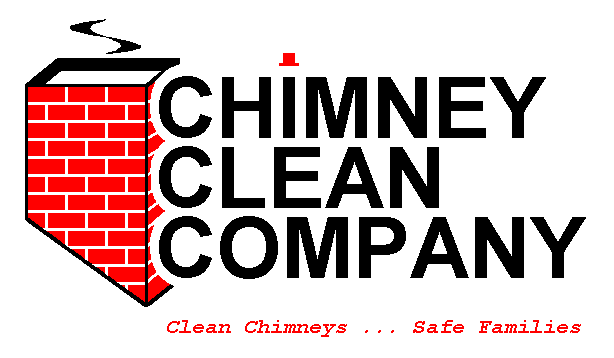Last Spring, a customer hired us to clean and inspect her chimney after her neighbor reported seeing flames coming out of the chimney one evening. We performed our routine cleaning and thorough inspection and discovered that she had experienced a chimney fire.
The Cause: Creosote Buildup
It had been several years since her chimney was last cleaned and inspected. She was unaware that creosote had built up, creating a hazardous, flammable situation. Fortunately, her neighbor knocked on her door, allowing her to extinguish the fire immediately. Otherwise, the damage could have been far more extensive than just a cracked flue tile.
Repairs and Insurance Verification
We repaired the flue by removing the damaged flue tiles and replacing them with a stainless steel liner. Her insurance company contacted us to verify the cause of the cracked flue tile. Fortunately, her insurance company did not dispute her claim and authorized the repairs under her homeowner’s insurance coverage. However, it’s not always that easy.
The Importance of Regular Maintenance
Homeowners can’t be expected to clean their chimney after every use, and with wood-burning fireplaces, inserts, or stoves, creosote can build up quickly. Issues arise when insurance companies question the level of chimney maintenance and the fireplace’s usage.
If negligence is suspected, there could be a problem with the claim. For example, using your chimney for eight years straight without inspection and cleaning, and then having a fire, won’t be considered “unexpected” damage by most insurance carriers, even though the fire might be “sudden.”
Preventive Measures: Regular Inspections and Cleaning
The best way to avoid issues with your homeowner’s insurance provider is to have your chimney and fireplace inspected and cleaned once every year. An ounce of prevention is worth a ton of cure.
Why Choose Chimney Clean Company?
If you are looking for a reputable chimney sweep, Chimney Clean Company is licensed, bonded, insured, and has been cleaning and inspecting chimneys in the South Bay Area for over 34 years. Give us a call.

